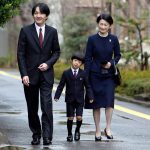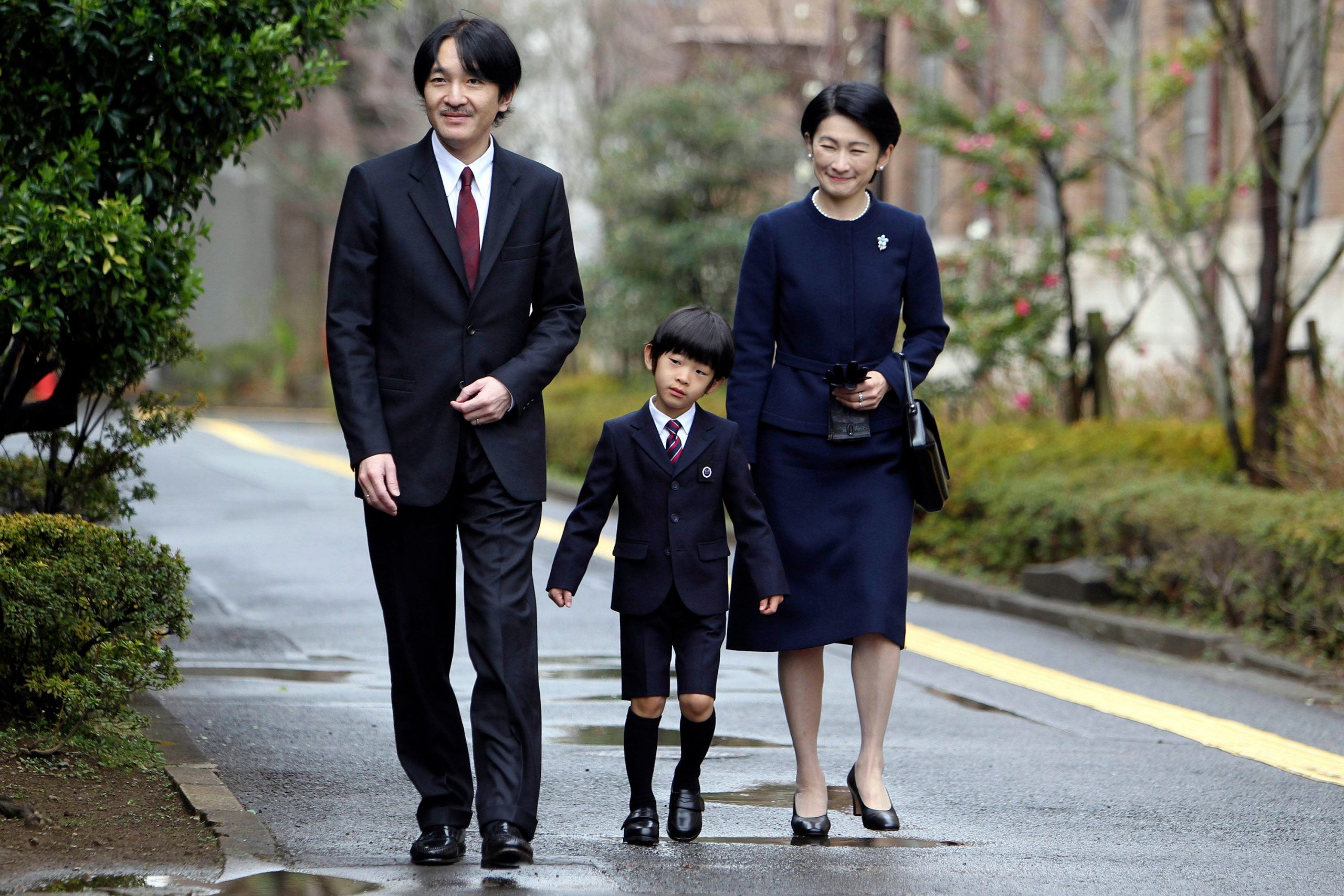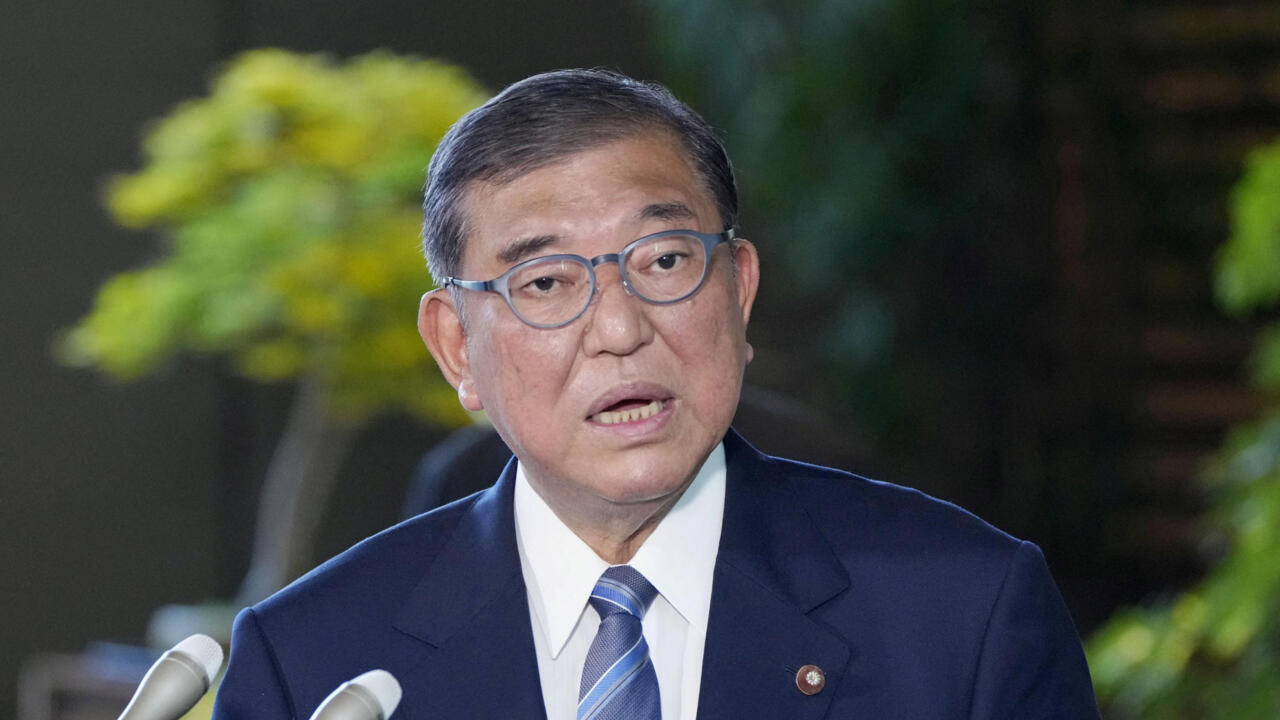For more than 2,600 years, Japan’s imperial line has claimed an unbroken succession, making it the oldest hereditary monarchy in the world. Today, however, this centuries-old institution faces an uncertain future. At the center of the debate is Prince Hisahito, often referred to as Japan’s “Dragonfly Prince.” As the only male heir of his generation, Hisahito is seen as the figure who could carry forward the ancient Chrysanthemum Throne. Yet, questions about succession, gender restrictions, and societal change are raising concerns that Hisahito may one day stand as the last emperor of a storied dynasty stretching back millennia.
- Who is the ‘Dragonfly Prince’?
- The Crisis of Male Succession
- Public Perception of the Imperial Family
- Comparisons with Other Monarchies
- The Weight of Tradition and Mythology
- Challenges Facing the Young Prince
- Expert Opinions on Succession Reform
- The Global Significance of the Chrysanthemum Throne
- FAQs
- Who is Japan’s Dragonfly Prince?
- Why is Prince Hisahito called the Dragonfly Prince?
- What is the main succession issue facing Japan’s monarchy?
- Do Japanese citizens support female emperors?
- What would happen if Prince Hisahito has no male heirs?
- How does Japan’s succession law compare to other monarchies?
- Conclusion
The story of Japan’s imperial family has always intertwined myth, tradition, and modern politics. From emperors worshipped as divine to the postwar redefinition of the monarchy as a constitutional symbol, the role of Japan’s emperors has continuously evolved. Now, the focus on Prince Hisahito reflects not just the fate of a family but also the future of an institution tied deeply to Japan’s national identity.
Who is the ‘Dragonfly Prince’?
Prince Hisahito was born on September 6, 2006, to Prince Akishino and Princess Kiko. His birth was celebrated nationwide, as he was the first male born into the imperial family in more than four decades. In Japanese culture, dragonflies symbolize courage, resilience, and renewal—qualities that many hoped Hisahito would embody as a future emperor. Hence, he earned the affectionate nickname “Dragonfly Prince.”
Currently second in line to the throne after his father, Crown Prince Akishino, Hisahito represents the continuity of Japan’s imperial lineage. Unlike his female cousins, Hisahito is eligible for succession under the current Imperial Household Law, which strictly limits the throne to male heirs. His presence temporarily eased anxieties over the dwindling number of male royals, but broader concerns about the dynasty’s sustainability remain.
The Crisis of Male Succession
The Japanese imperial family is confronting a demographic challenge unlike any other monarchy in the world. Under the 1947 Imperial Household Law, only male heirs descended through the male line are eligible to become emperor. With a shrinking royal family and few male heirs, this rule has left the dynasty vulnerable.
At present, there are just three male royals eligible for succession: Emperor Naruhito, his younger brother Crown Prince Akishino, and Prince Hisahito. With Naruhito and Akishino advancing in age, the responsibility of carrying on the lineage may soon rest entirely on the shoulders of the young Dragonfly Prince.
The restriction excluding women from succession has drawn widespread debate. Surveys consistently show that a majority of Japanese citizens support allowing female emperors or succession through female lines. Yet, conservative voices within government and the Imperial Household Agency strongly resist such reforms, arguing that they would break the “unbroken male line” that defines the Chrysanthemum Throne.
Public Perception of the Imperial Family
The Japanese people hold deep cultural respect for the monarchy, yet the role of the emperor is symbolic rather than political. Since World War II, the emperor has been defined as the “symbol of the state and the unity of the people.” This symbolic role makes public perception essential to the monarchy’s survival.
Prince Hisahito, though still a teenager, is already under the public microscope. His education, activities, and demeanor are closely followed by the media. His enrollment in Ochanomizu University’s affiliated schools, rather than the elite Gakushuin—traditionally attended by imperial family members—was widely discussed as a sign of his parents’ desire to balance tradition with modernity.
Public sentiment reflects a blend of admiration and anxiety. While many see Hisahito as the embodiment of hope for the monarchy’s future, others worry about the heavy burden placed upon him as potentially the sole bearer of Japan’s imperial continuity.
Comparisons with Other Monarchies
Japan is not the only monarchy grappling with issues of succession, but its case is unique due to its strict male-only rule. European monarchies such as Sweden, the United Kingdom, and Belgium have reformed succession laws to allow equal rights for female heirs. These changes have strengthened the legitimacy of monarchies in modern democracies by reflecting contemporary values of gender equality.
By contrast, Japan’s refusal to adopt similar reforms has left it isolated. Scholars argue that maintaining male-only succession is unsustainable given the small pool of eligible heirs. Without reform, the Chrysanthemum Throne could face an unprecedented rupture in its lineage.
The Weight of Tradition and Mythology
Part of the difficulty in reforming Japan’s succession rules lies in the profound weight of tradition and mythology. The imperial family claims descent from Amaterasu, the sun goddess of Shinto belief. For centuries, this divine lineage was central to the emperor’s legitimacy. Even today, despite the emperor’s symbolic role, this mythology reinforces resistance to altering the male-only rule.
Dragonflies themselves hold a special place in Japanese culture, historically considered symbols of strength and associated with samurai warriors. Linking Prince Hisahito to the dragonfly is therefore more than a charming nickname—it evokes cultural continuity and national pride.
Challenges Facing the Young Prince
Prince Hisahito’s unique position brings immense challenges. Unlike his peers, his life is tightly controlled by the Imperial Household Agency, which manages everything from his schooling to his public appearances. He is also growing up in an era of intense media scrutiny, where every misstep is magnified.
Moreover, Hisahito may face the pressure of being the only male successor. If he does not marry and have a son, the dynasty could effectively end. This personal burden underscores the fragile future of Japan’s monarchy and the urgency of succession reform.
Expert Opinions on Succession Reform
Political experts, historians, and legal scholars continue to debate the path forward.
Professor Kenji Takahashi, a historian of Japanese politics, explains: “The Imperial Household Law is outdated for the realities of modern Japan. The survival of the monarchy should not rest on the birth of a single male child. Reform is not a question of if, but when.”
Public opinion polls back this view. A 2023 NHK survey found that nearly 80% of respondents supported allowing a female emperor, while 70% supported succession through the maternal line. These figures highlight the disconnect between public sentiment and political inertia.
Conservative politicians, however, argue that reforms would sever ties to Japan’s historical and cultural identity. Some have proposed alternative measures, such as reinstating former aristocratic families abolished after World War II, to expand the pool of male heirs. Critics dismiss this as impractical and out of step with democratic values.
The Global Significance of the Chrysanthemum Throne
Beyond Japan, the fate of its imperial family carries symbolic significance. As the world’s oldest continuous monarchy, the Chrysanthemum Throne represents cultural heritage on a global scale. Its survival or collapse would not only affect Japan but also alter how monarchies are perceived worldwide.
In an era when many monarchies are under scrutiny, Japan’s struggle is emblematic of the tension between tradition and modernization. If reforms succeed, Japan could set a precedent for balancing cultural heritage with democratic values. If they fail, Prince Hisahito may become a poignant symbol of a dynasty that could not adapt to the modern age.
FAQs
Who is Japan’s Dragonfly Prince?
The Dragonfly Prince is Prince Hisahito, the only male heir of his generation in Japan’s imperial family and currently second in line to the throne.
Why is Prince Hisahito called the Dragonfly Prince?
He is nicknamed the Dragonfly Prince because dragonflies symbolize courage and renewal in Japanese culture, reflecting hopes that he will carry forward the monarchy.
What is the main succession issue facing Japan’s monarchy?
The Imperial Household Law allows only male heirs from the male line to inherit the throne, leaving the dynasty vulnerable due to the scarcity of eligible males.
Do Japanese citizens support female emperors?
Yes, public opinion polls consistently show strong support—around 70–80%—for allowing female emperors or succession through the maternal line.
What would happen if Prince Hisahito has no male heirs?
If Prince Hisahito does not have a son, the dynasty could face extinction unless reforms are made to allow female succession or other heirs are reinstated.
How does Japan’s succession law compare to other monarchies?
Unlike many European monarchies that have adopted gender-neutral succession laws, Japan maintains a male-only rule, making its monarchy more vulnerable.
Conclusion
Prince Hisahito, Japan’s “Dragonfly Prince,” carries the immense weight of history on his young shoulders. As possibly the last emperor of the world’s oldest dynasty, he symbolizes both the continuity and fragility of Japan’s monarchy. While his presence temporarily secures the imperial line, the broader crisis of succession remains unresolved.
The debate over reforming the Imperial Household Law is more than a legal or political issue—it is a reflection of Japan’s struggle to balance tradition with modern values. The Japanese people overwhelmingly support change, yet entrenched conservatism resists it. Whether the Chrysanthemum Throne survives into the next century will depend on the willingness of leaders to adapt and ensure that the Dragonfly Prince is not remembered as the last guardian of an ancient legacy.



















